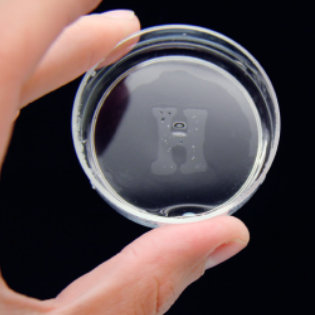Pity the video team at a large hacker camp, because they have a huge pile of interesting talks in the can but only the limited resources of volunteers to put them online. Thus we often see talks appearing from past camps, and such it is with one from Electromagnetic Field 2022. It’s from [Sarah Angliss], and as its subject it takes the extraordinary work of [Muriel Howorth], a mid-20th-century British proponent of irradiated seeds as a means to solve world hunger.
Today we are used to genetic modification in the context of plants, and while it remains a controversial subject, the science behind it is well known. In the period following the Second World War there was a different approach to improving crops by modifying their genetics: irradiating seeds in a scattergun approach to genetic modification, in the hope that among thousands of duds there might be a mutant with special properties.
To this came Muriel Howorth, at first charged with telling the story of atomic research for the general public. She took irradiated seeds from Oak Ridge in the USA, and turned them into a citizen science program, with an atomic gardening society who would test these seeds and hopefully, find the supercrops within. It’s a wonderfully eccentric tale that might otherwise be the plot of a Wallace and Gromit movie, and but for a few interested historians of popular science it might otherwise have slipped into obscurity. We’re sorry we didn’t catch this one live back when we attended the event.



















